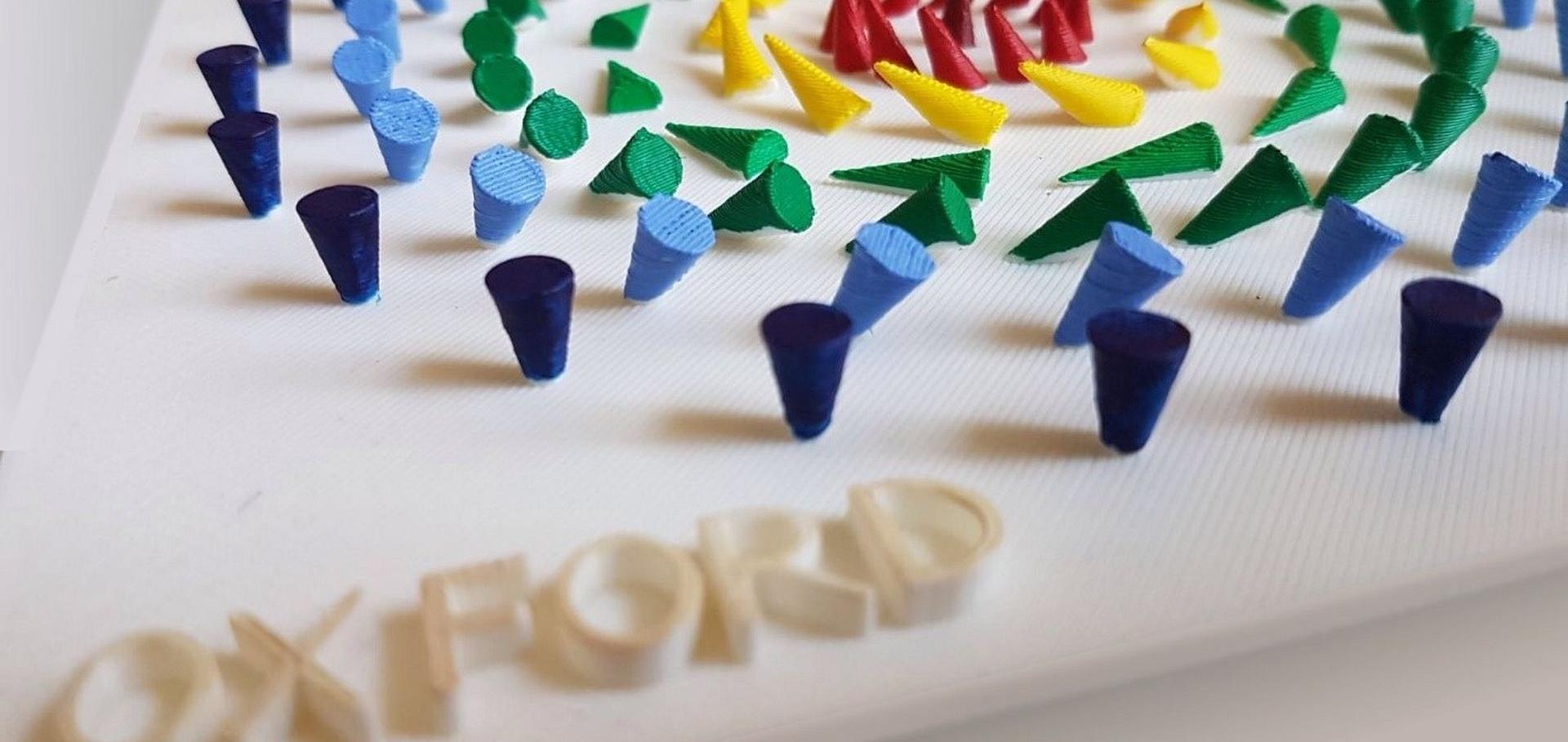Surface acoustic wave-assisted scanning probe microscopy - A summary
Reports on Progress in Physics 73:1 (2010)
Abstract:
Elastic properties of nanoscopic materials, structures and thin films are important parameters controlling their growth, as well as their optical and electronic properties. Acoustic microscopy is a well-established method for elastic imaging. In order to overcome its micrometer-scale diffraction-limited lateral resolution, scanning probe microscopy-based acoustic near-field techniques have been developed. Among the acoustic modes used for microscopy, surface acoustic waves (SAWs) are especially suited for probing very small and thin objects due to their localization in the vicinity of the surface. Moreover, the study of SAWs is crucial for the design of frequency filter devices as well as for fundamental physical studies, for instance, the probing of composite fermions in two-dimensional electron systems. This review discusses the capabilities and limitations of SAW-based scanning probe microscopy techniques. Particular emphasis is laid on the review of surface acoustic waves and their interaction with elastic inhomogeneities. Scattering, diffraction and wave localization phenomena will be discussed in detail. Finally, the possibilities for quantitative acoustic microscopy of objects on the nanoscale, as well as practical applications, are presented. © 2010 IOP Publishing Ltd.Investigation of slanted and V-shaped domain walls in MnAs films
Journal of Applied Physics 105:7 (2009)
Abstract:
The magnetic domain structure of MnAs stripes exhibits a number of domain transitions that are inclined with respect to the system's easy axis. Among them are laterally confined slanted and V-shaped domain walls, as well as extended zigzag shaped transitions that are running along the stripe axis. The nature of these unusual domain transitions was investigated with the help of micromagnetic simulations and compared with experimental magnetic force microscopy (MFM) images. All types of inclined walls result from the underlying three-dimensional domain structure of the wires. In the domain transition region, the underlying flux closure pattern gets asymmetrically distorted in the cross-sectional wire plane as the system changes its domain types. The results of the simulations are in excellent qualitative agreement with the stray field patterns observed with MFM. © 2009 American Institute of Physics.Magnetic coupling of ferromagnetic stripe arrays: Analytical model for the α-β -phase coexistence regime of MnAs/GaAs(001)
Physical Review B - Condensed Matter and Materials Physics 78:23 (2008)
Abstract:
We investigate the temperature-dependent hysteresis of the stripe state of MnAs thin films on GaAs(001) in the phase coexistence regime. The underlying magnetic domain structure is described employing an analytic model for stripe arrays with perpendicular anisotropy. In the framework of this model the magnetic properties of the MnAs stripe array can be unraveled as a combined effect of magnetostatic coupling of neighboring ferromagnetic stripes and the tendency to form antiparallel magnetic domains within the individual ferromagnetic stripes. The detailed analysis reveals the balance of demagnetization energy and domain-wall energy for the domain structure. It is capable to quantitatively predict the temperature dependency of the coercive field of MnAs thin films on GaAs(001) in the phase coexistence regime. Further, the analytic model allows for an understanding of the unusual magnetic reversal properties as a consequence of the temperature-driven geometrical variations in the stripe array. Here, it is the energy difference of the single and the multidomain states associated with the geometrical variations, which is the driving factor, rather than the temperature dependence of the magnetic properties themselves. Although the stripe array of MnAs thin films can be in an interstripe as well as in an intrastripe coupling state, the magnetization reversal is entirely determined by interstripe coupling. © 2008 The American Physical Society.Comparative study of the influence of the solvent on the catalytic growth of carbon nanotubes
Microelectronic Engineering 85:1 (2008) 156-160
Abstract:
The catalytic growth by chemical vapor deposition is a well-established route to single-wall carbon nanotubes (SWNTs). In this process, the choice and preparation of the metal catalyst determines the nanotube growth. The system Fe/Mo is known to yield a large percentage of SWNTs. In order to make use of SWNTs in electronic or electromechanical devices, the patterned growth relies on lithography techniques like photolithography or electron beam lithography. Many standard lithographic processes, i.e. the combination of photoresist and lift-off procedure, are not compatible with Fe/Mo catalyst solutions, resulting in low SWNT yield. We present a systematic study of the influence of the catalyst solvent on the patterned SWNT growth. Most remarkably, the use of water as a solvent is the basis for integrating SWNT with the established processing techniques due to its compatibility with any lithographic process and the simultaneous high SWNT yield. © 2007 Elsevier B.V. All rights reserved.Epitaxial Heusler Alloys on III-V Semiconductors - Chapter in "Handbook of Magnetism and Advanced Magnetic Materials"
John Wiley & Sons, Ltd, 2007


